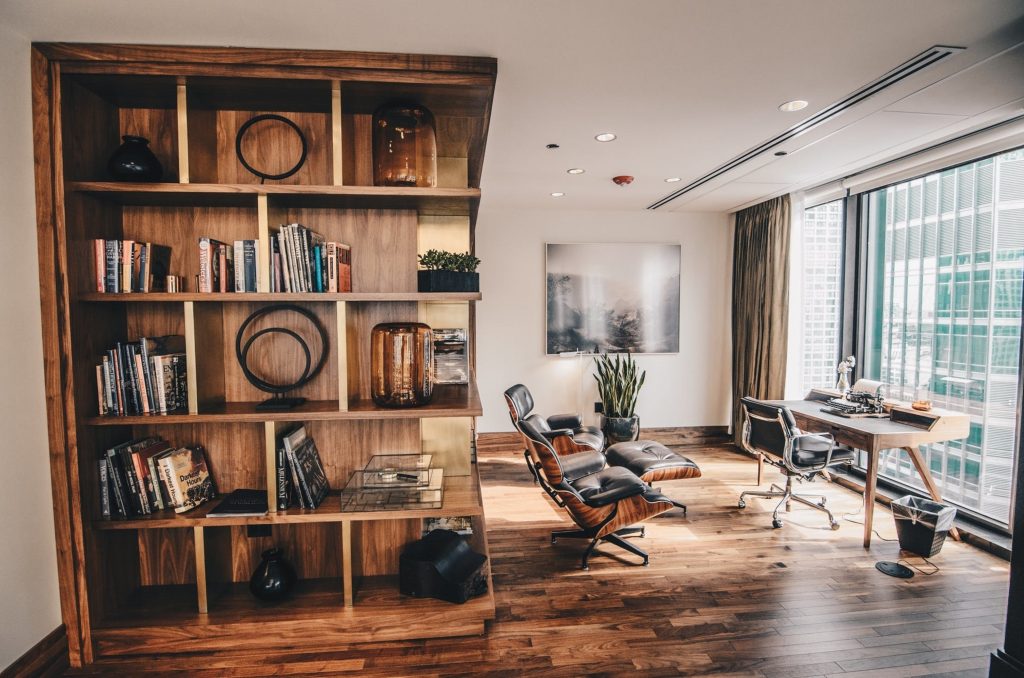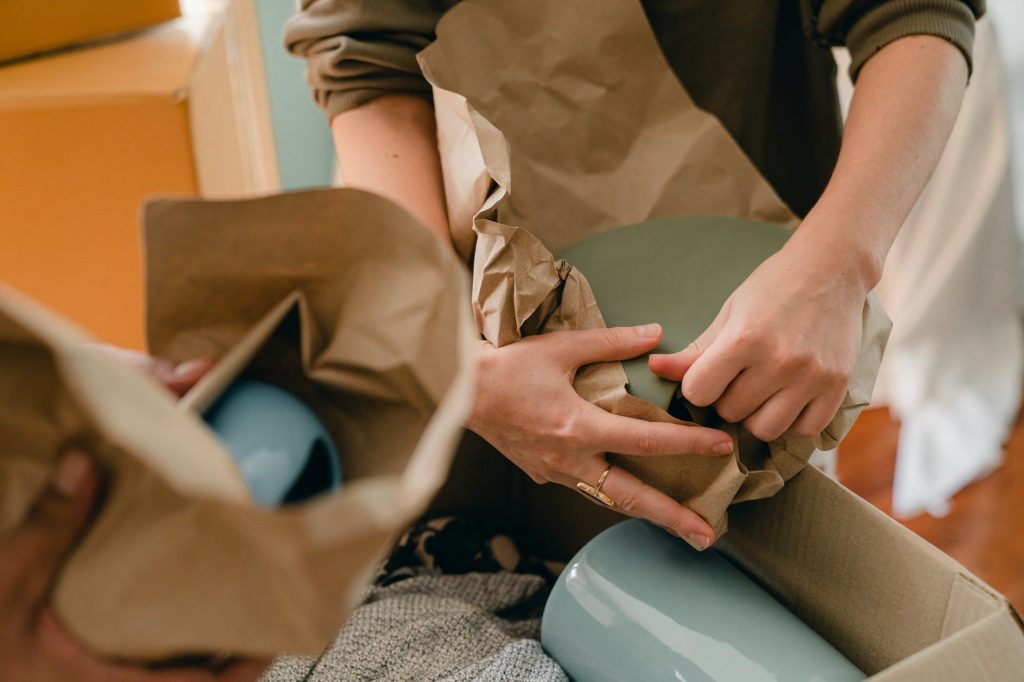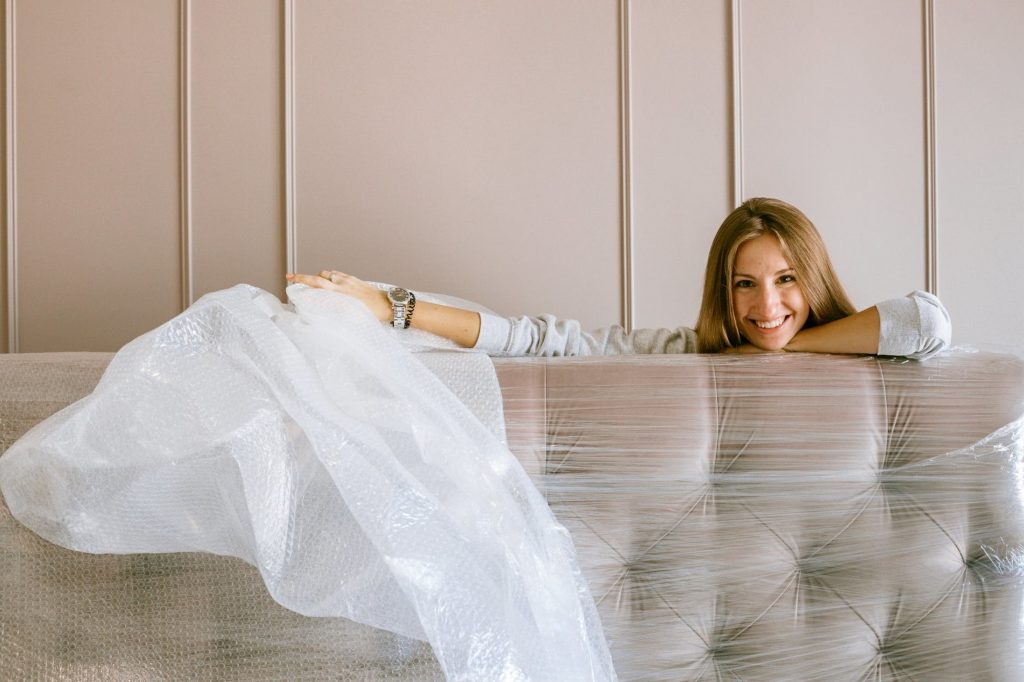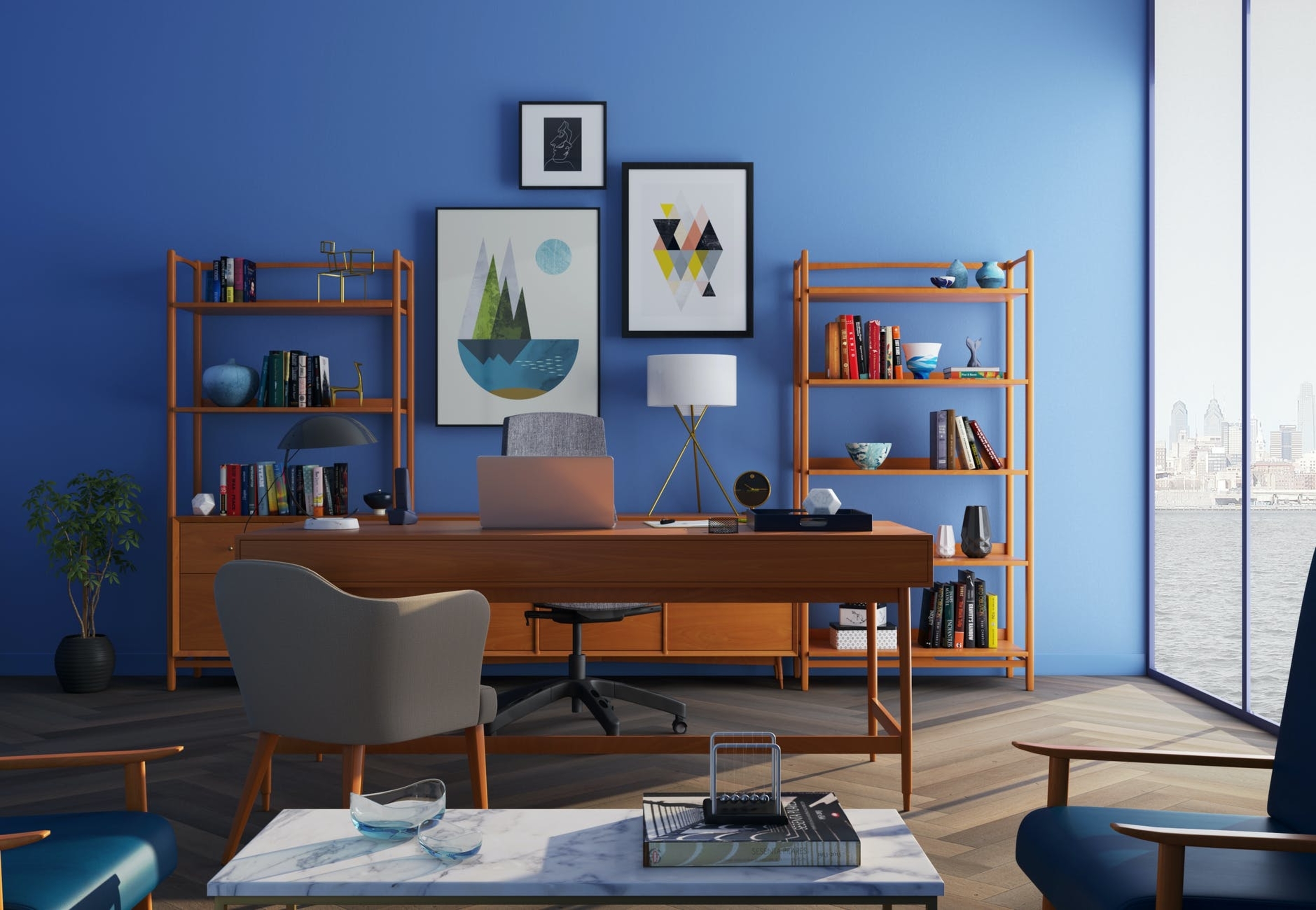At last! You’re done moving, and it’s a total success.
Unpacking is a fun experience until you encounter the first hurdle of your new home — Loads of extra stuff and furniture. It’s hard to believe it. These things used to fit perfectly in your old house.
If you’re looking for a place to store furniture, the garage might be the first place that pops into your mind. While it might be a good idea to keep some items in the garage, it will probably do more harm than good, which is why you should consider renting a climate-controlled storage unit.
Here are some things to keep in mind when you’re storing furniture.
Damage to Wooden Furniture
It is common knowledge that wooden objects are prone to wear and tear. Cracks will eventually appear in wooden furniture as it dries out over time. Since it’s more exposed to weather conditions with little protection, the garage is the last place you want to store your furniture. In addition to that, termites love eating away at the wood. You might not notice the damage until you try sitting on a chair, and it collapses on the ground. Ouch!

Storing Upholstered Furniture can be Inconvenient
Like wooden items, upholstered furniture like couches and beds are favorite places for termites to excavate. Since the garage rarely gets cleaned, the untidy setting attracts these pesky little creatures. The fabric also fades as time passes by. If you want to keep your furniture, avoid the garage at all costs. Plus, hoarding large objects consumes a considerable amount of space. Now you will have nowhere to store those garden tools!
Damage to Electronics
Letting go of the TV you bought with your first salary can be hard. Or that PS3 you got as a kid. Money can’t buy the sentimental value these items hold. You might be tempted to let them sit in your garage but please, don’t! The humid atmosphere will fry the circuits of your electronics. And if stored appliances come in close contact with cardboard or paper products, it can spark a fire. You don’t want fire starters in your place. So, take them out and store them somewhere safe.

Getting a Storage Unit
Alright. So, storing furniture in the garage is unhealthy. Does this mean you should throw your extra stuff away?
The answer is no. You can still put these items in a storage unit. Storage units are like mini-warehouses, where you can safely keep your belongings.
Here are seven tips on how to safely store your furniture in a storage unit.
1. Clean it Thoroughly
Make sure to clean your furniture before moving it to storage. Well-kept furniture wards off wood-boring insects. Not only will cleaning remove the odor, but it also prevents ruin caused by mold and dust. Additional tips for cleaning:
- For wooden furniture, put some wood cleaner oil on a microfiber cloth and use it to wipe the surface.
- To make it shine, pour home-made polish on a soft piece of cloth and gently rub it on the furniture in a circular motion.
- Use a fabric conditioner or upholstery cleaner for couches and padded furniture.
2. Disassemble the Large Pieces
Bookshelves and beds take up substantial space. The easiest way to store them is by breaking them down into parts. It may seem like a tiresome job, but you will have more room in the end. Remember to put screws, bolts, and locks in labeled plastic bags to make it easier to reassemble when the time comes.
3. Take Out the Perishables
When left for long periods, food will rot. When it does, chemical reactions take place. Rotten perishables might corrode the surface of furniture. It will also invite your most dreaded neighbors, the termites, and other pests.
4. Elevation is Necessary
Although storage units are secure, you can never be too careful. Water can damage your furniture, and flooding is your greatest enemy. To avoid this, raise your furniture using wooden blocks or concrete blocks.
5. Wrap Fragile Items
You never know what might happen inside your storage unit. Protect your furniture that is prone to breakage (like glass table tops) by wrapping it with moving blankets. Not only will this protect your pieces when moving them into or out of storage, but this covering will also help keep dust and dirt off your items (see next point).

6. Cover Your Furniture
Most storage units come with climate control measures to protect the space inside. But to be on the safe side, cover your furniture with old sheets or cloth. Bare furniture invites dust and dirt, causing damage. Make sure to wrap it properly — not too tight or too loose. If you mess this up, moisture will accumulate and cause it to decay.

7. Don’t Force It
You don’t like to be pushed upon, right? The same goes for your furniture. Trying to cram it all in a tiny space may cause breakage. First, choose the right size storage unit for your stuff. Then, make a plan for your furniture before shoving it into the storage to prevent problems. Experts recommend leaving enough room in the storage unit for a pathway down the middle. With room to walk, you can more easily access items that you might need to get to at the back of the unit.
Storing items can be challenging and stressful. But it doesn’t have to be. If you have no idea what to do with your extra belongings, you can always consult storage specialists, a.k.a movers. They can help you arrange your stuff and guide you on what size of storage to get. Better leave it to the experts!

